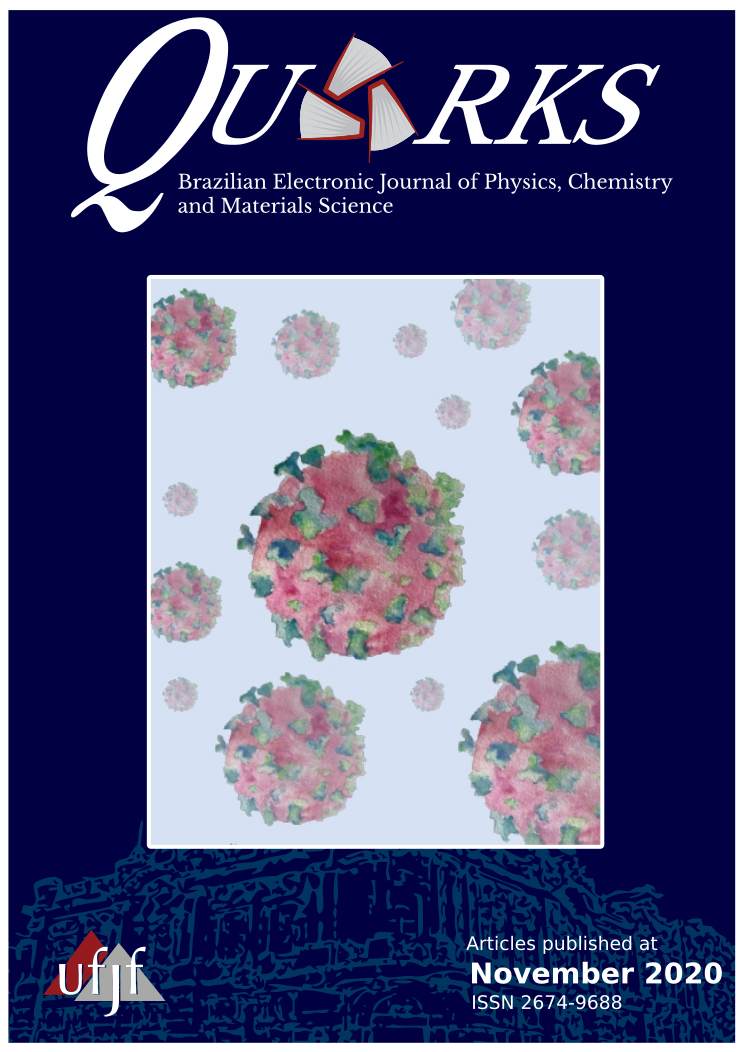An Impurity Effect for the Rates of the Interparticle Coulombic Decay
DOI:
https://doi.org/10.34019/2674-9688.2020.v3.31928Keywords:
interparticle Coulombic decay, quantum dot, electron dynamics, butterfly effectAbstract
The interparticle Coulombic decay is a synchronized decay and ionization phenomenon occurring on two separated and only Coulomb interaction coupled electron binding sites. This publication explores how drastically small environmental changes in between the two sites, basically impurities, can alter the ionization properties and process rate, although the involved electronic transitions remain unaltered. A comparison among the present electron dynamics calculations for the example of different types of quantum dots, accommodating a one- or a two-dimensional continuum for the outgoing electron, and the well-investigated atomic and molecular cases with three-dimensional continuum, reveals that the impurity effect is most pronounced the stronger that electron is confined. This necessarily leads to challenges and opportunities in a quantum dot experiment to prove the interparticle Coulombic decay.


